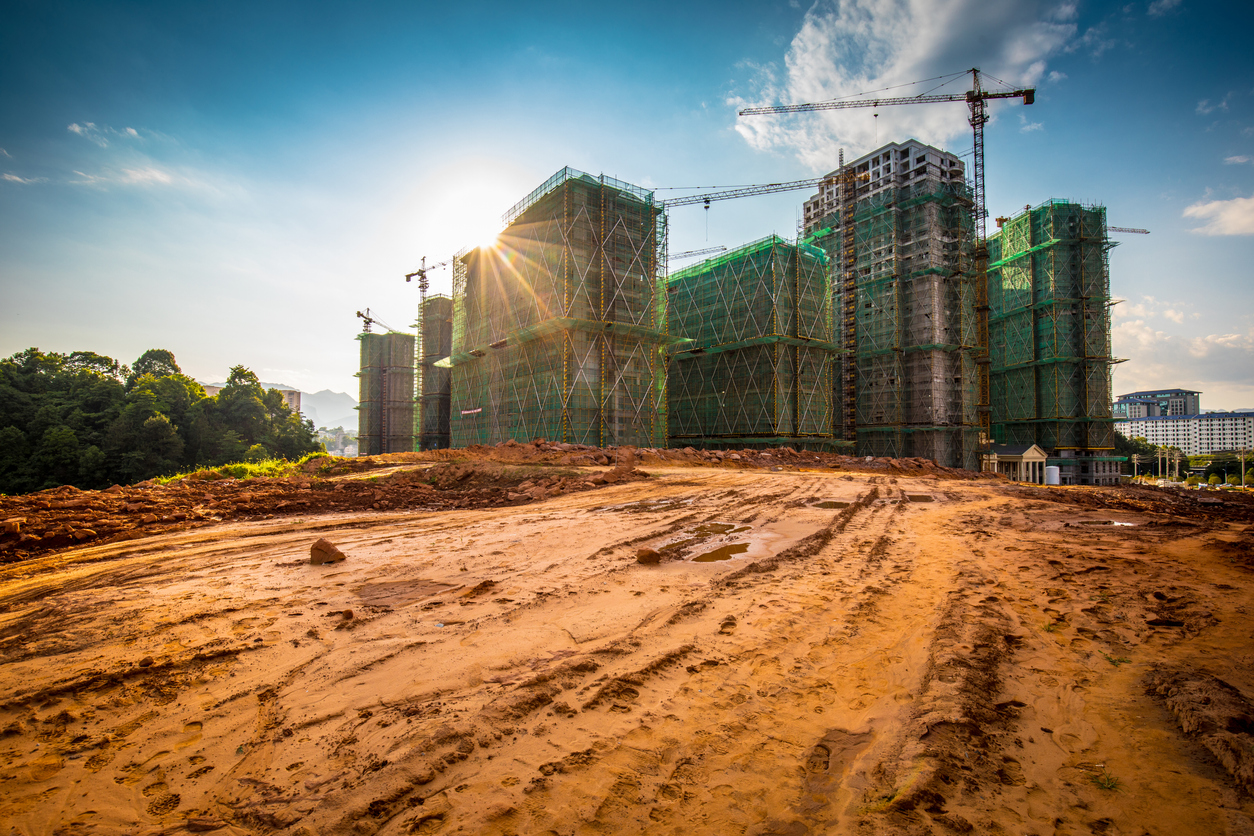Brownfield sites have been previously developed, with the land used for industrial and commercial purposes. When the land is no longer in use, these sites pose a risk to the local residents and workers if contaminants are present. Knowing that contaminants are often present, property developers must consider what it would take to remediate the land before developing it. Remediation is the act of decontaminating the land and removing hazardous substances, pollutants, and chemicals so the land can be redeveloped. Let’s discuss what’s involved in brownfield site remediation, closure, and redevelopment.
Brownfield Site Closure
Once an industrial plant has stopped operating, and the land is no longer in use, the site is closed. Now deemed a brownfield site, this land is either suspected or confirmed to be contaminated. When property developers consider developing on brownfield land, they have to consider many factors, such as the cost of remediation. To ascertain the extent of the contamination, an environmental assessment will be conducted. Based on the evaluation, a plan will be put together to clean up the site and remove the contaminants in order to reuse the land.
What is Brownfield Remediation?
Brownfield sites may be contaminated by any number of hazardous organic and inorganic materials depending on what the land was previously used for. The contaminants may lie in the soil, sediment, surface water, or groundwater. Such pollutants are dangerous, affecting the local flora, fauna, and residents. This land must be assessed and decontaminated or remediated to ensure it is safe for occupation before it is developed.
How brownfield sites are decontaminated:
- The soil may be removed from the site for safe disposal
- The soil may be chemically treated to break down the contaminants
- The contaminants can be separated from the surface using a physical barrier
- To soak up contaminants, plants can be planted. Plants are able to absorb certain contaminants through their roots or release substances which neutralise the contaminants through their roots
- Organic contaminants can be degraded using adapted or naturally occurring microbes
- Some contaminants, such as asbestos and lead, need to be removed using specialised equipment
Brownfield Redevelopment
Once the site has been cleared of contaminants and meets regulatory requirements, the construction team can get to work. When the remediated land no longer poses health risks to the local population and the environment, there is an opportunity for urban renewal. Because brownfield sites have previously been occupied, they already have access to infrastructure such as water, sewerage, electricity, and roads. The new development will improve the value of the surrounding properties, improving the local economy. New business on the property will also benefit the local economy.
Developing brownfield sites is a brilliant way to care for the environment and improve communities. If you’re planning to develop on a brownfield site, conduct a thorough feasibility study to find the perfect site for your purposes. Through careful planning, you can mitigate any potential risks and improve the profitability associated with the closure, remediation, and redevelopment of brownfield sites.

